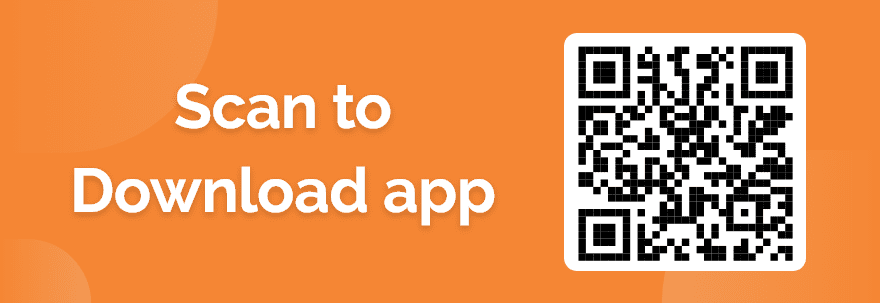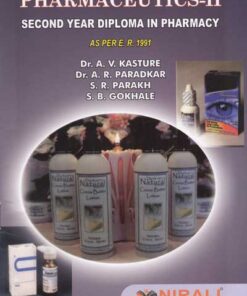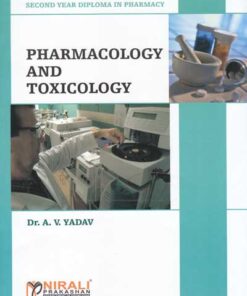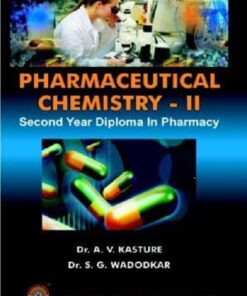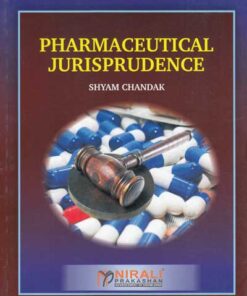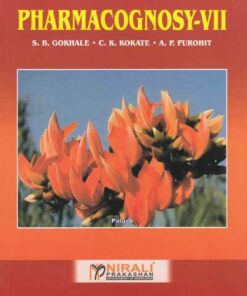Experiment No. 1 to Experiment No. 46
Assay of Pharmaceutical Drugs : Experiment No. 1 to 12
Drug Design Based Practicals : Experiment No. 1 to 6
Syllabus :
Semester IV (4)
(I) Preparation of Drugs/Intermediates : 1. 1,3-pyrazole , 2. 1,3-oxazole , 3. Benzimidazole , 4. Benztriazole , 5. 2,3-diphenyl quinoxaline , 6. Benzocaine , 7. Phenytoin , 8. Phenothiazine , 9. Barbiturate
(II) Assay of Drugs : 1. Chlorpromazine, 2. Phenobarbitone, 3. Atropine, 4. Ibuprofen, 5. Aspirin, 6. Furosemide
(III) Determination of Partition Coefficient for any two drugs.
Semester VI (6)
(I) Preparation of Drugs and Intermediates : 1. Sulphanilamide , 2. 7-Hydroxy, 4-methyl coumarin , 3. Chlorobutanol , 4. Triphenyl imidazole , 5. Tolbutamide , 6. Hexamine.
(II) Assay of Drugs : 1. Isonicotinic acid hydrazide , 2. Chloroquine , 3. Metronidazole , 4. Dapsone , 5. Chlorpheniramine maleate , 6. Benzyl penicillin
(III) Preparation of medicinally important compounds or intermediates by Microwave irradiation technique
(IV) Drawing structures and reactions using chem draw®
(V) Determination of physicochemical properties such as log P, clog P, MR, Molecular weight, Hydrogen bond donors and acceptors for class of drugs, course content using drug design software, Drug likeliness screening (Lipinskies RO5).
About the Book :
| Chemistry is a fascinating branch of science. Practical aspects of chemistry are interesting due to colour reactions, synthesis of Organic Compounds/Drugs and observation of nice crystal development.
This book covers the basic principle, reaction involved, experimental procedure and uses of Drugs/Organic compounds in each experiment for better understanding the process. This book also covers assay, identification of drugs,
determination of physicochemical properties such as log P, clog P, MR, molecular weight, hydrogen bond donors, hydrogen bond acceptors, drug likeliness of various drugs by using drug design software. This book is written in easy language and in concise form to help students.
The important aspects involved in the practicals of medicinal chemistry have been comprehensively covered in the book. We hope that B. Pharm, M. Pharm, B.Sc., M.Sc. students etc studying this book would be benefitted from this book. These experiments are intended to train the students in the handling of chemicals and apparatus involved besides enabling them to understand the intricacies, theoretical aspects and practical limitations of a known reaction. We welcome constructive suggestions, criticisms and comments from our fellow teachers and students for further improvement of the book. |


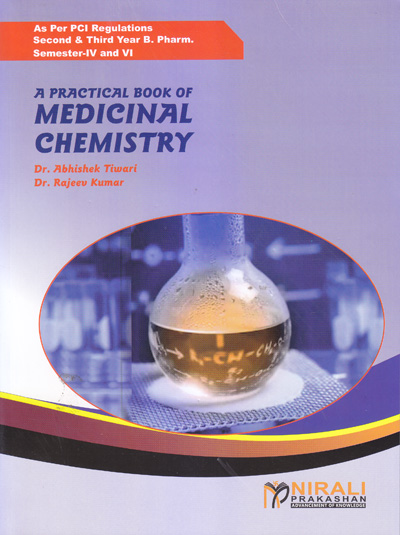
 Zoom
Zoom